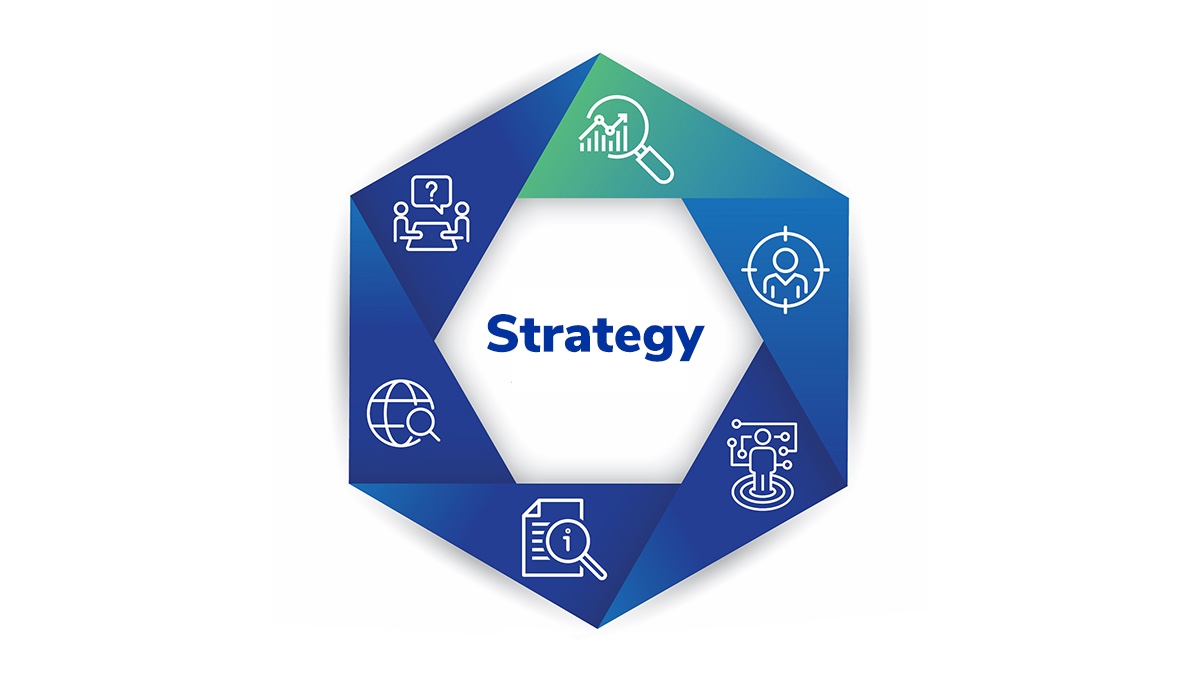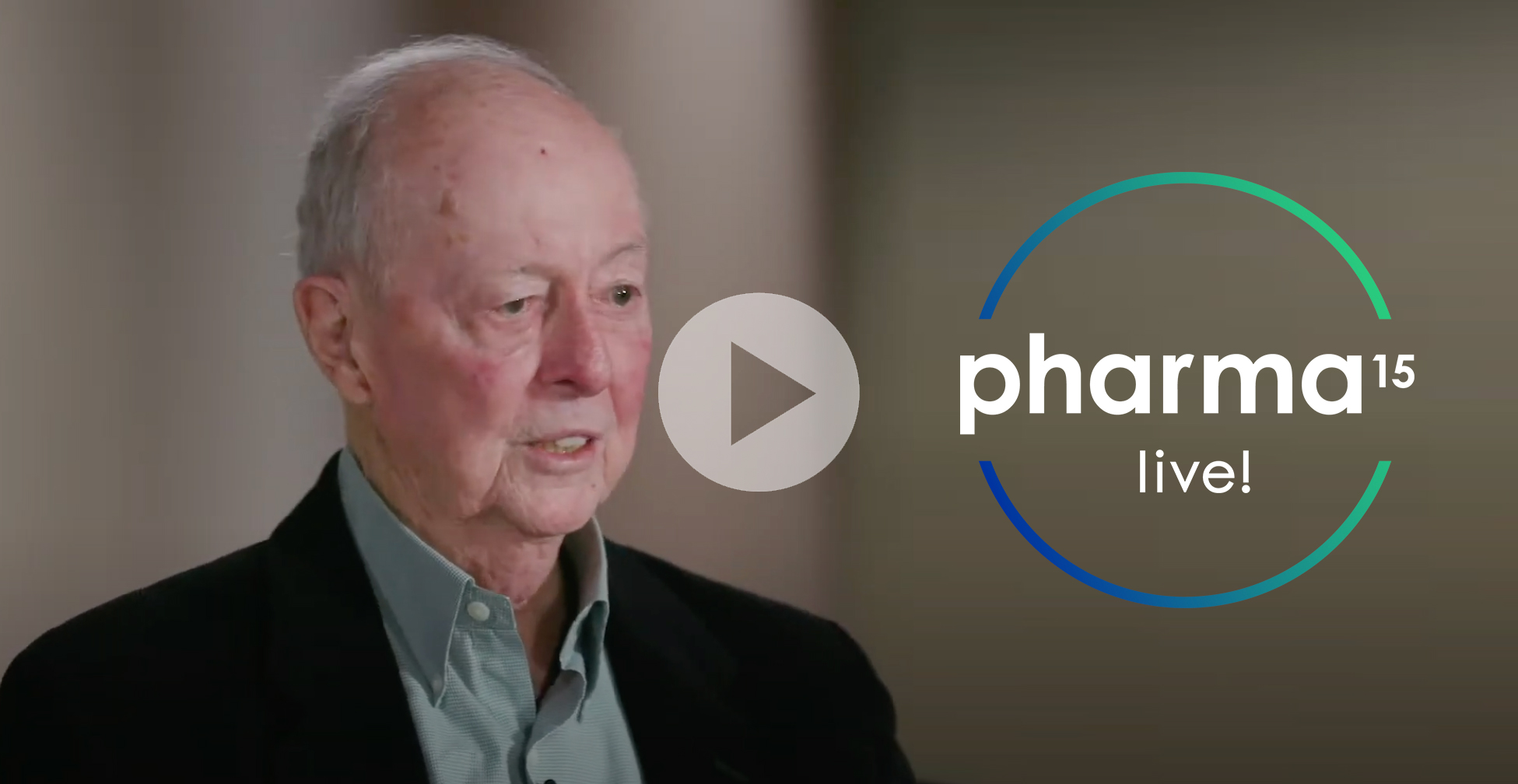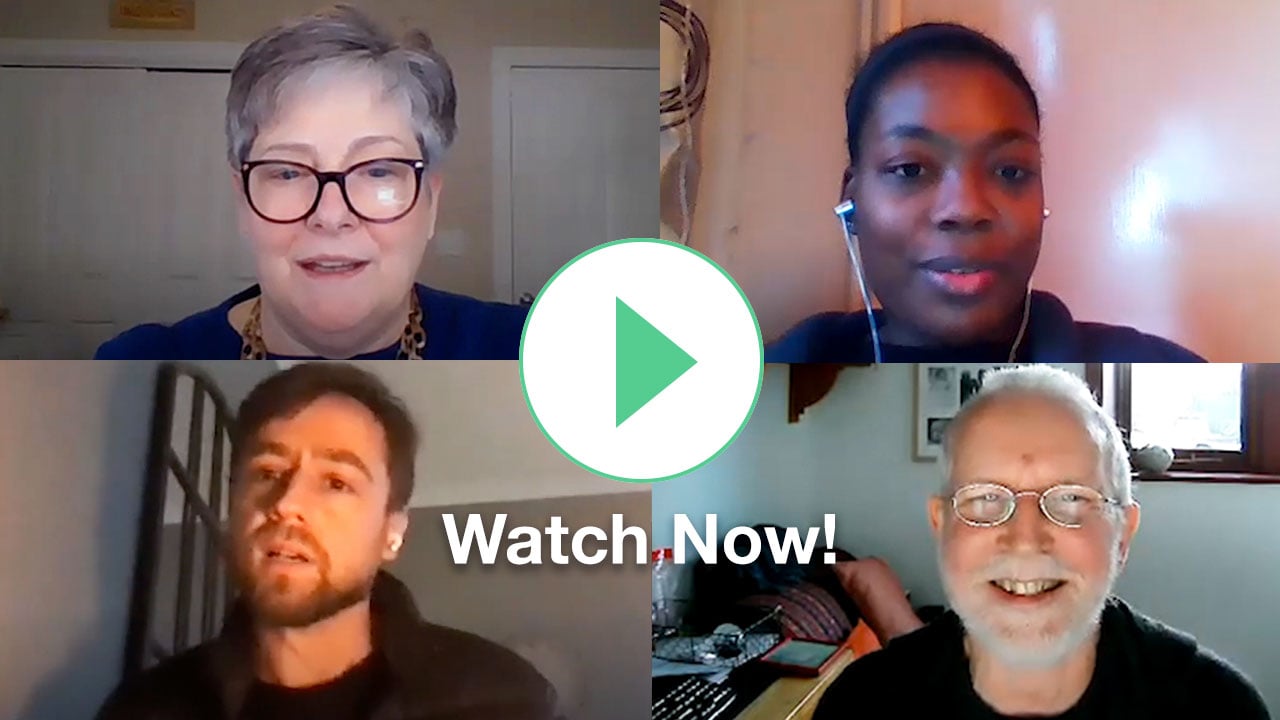
Gaby Grekin
Senior Director, Global Strategy
Ever since legendary management consultant Peter Drucker famously declared that “culture eats strategy for breakfast,” strategy has suffered reputational damage. It’s time for a reputational restoration.
In the context of patient recruitment for clinical trials, strategy retains its centrality at BBK Worldwide, serving as a fundamental catalyst of our award-winning marketing and creative efforts.
We take pride in articulating a clear strategic direction for our clients to endorse before our creative teams proceed with their inspired alchemies of creation and before our media team selects the clearest tactical path to patients. While others are often tempted to shortcut the time- and labor-intensive process of identifying the smartest course forward, at BBK we believe there are no shortcuts to an intensively informed, research-based, analytical approach that produces a spot-on strategy. The reward for this upfront investment? A creative strategy that serves as our teams — and our clients’ — North Star.
Here’s how we do it.
- Ground it in the research. For two or three weeks we immerse ourselves fully into the patients’ condition. What causes the disease? What are the symptoms, risks, and complications? How is it diagnosed? Who treats it? What are the methods of prevention and current treatments? What are the stats on disease progression and / or survival?
- Discover our audience. To speak to patients effectively, we need to know who is on the other side of the conversation. What are the prevalence and incidence of the disease? What age, gender, racial / ethnic, geographic, national, and / or socio-economic factors impact disease occurrence?
- Appreciate the patient journey. To understand patients’ mindsets, realities, and perspectives, we must illuminate their lived experiences. What does the patient feel physically and, equally if not more important, emotionally? What treatment algorithm do patients endure? What is their likely prognosis, and what does that mean for their (and their caregivers’) day-to-day lives? In exploring the patient journey, we attempt to connect to the humanity behind the numbers — to embrace our patients as living, breathing, suffering people deserving of understanding, empathy, and, above all, dignity.
- Internalize the protocol. If we have one rule at BBK, it’s that the protocol must be internalized to understand the opportunity patients are being offered. Our mantra: “The protocol is the product.” It specifies the unmet need, who can participate, the study design, the science, etc. Put simply, it means that the protocol is the key to the kingdom, the secret sauce, and the secret code, all in one unequivocally locatable place. Mastering the protocol represents both our commitment to and mode of serving our clients. Without this step, we undoubtedly lose an opportunity to pinpoint the most customized solutions possible.
- Evaluate the competitive landscape. No clinical study exists in a vacuum. What is the ecosystem in which we’ll operate? Whether it’s COVID-19 or current social justice movements drawing attention to underserved populations and the injustice of healthcare inequity, we must understand and acknowledge the likely impact of real-world events.
- Conduct patient and physician interviews. When time and budget allow, one of the most revealing elements of our research is hearing directly from patients and physicians. Time and again our strategy is headed in a certain direction, only to take a sharp turn following the resulting enlightenment from primary research that amplifies critical voices.
- Complete a SWOT analysis. This trusted old technique never fails to edify as a calibration tool. What are the strengths we can capitalize? (Travel and reimbursement supports?) What are the weaknesses we may need to mitigate? (Ten blood draws for pediatric patients?) What are the opportunities we might leverage? (An unmet need? An established advocacy community?) What are the threats we must neutralize or combat? (A large number of competing trials for the same patients?)

Then, we let it all sink in.
We carve out the time and the space that is all too often in short supply in today’s clinical research world — and we think. We think about what it all means and where it should take us. And more often than not, when we’ve done our jobs correctly, the strategy emerges in a dramatic but ultimately anti-climactic realization of self-evidence. The right strategy will seem painfully obvious at the end because it’s the only actual solution that makes sense.
Here are five truths we have learned about this work:
- The data — presented in various forms of evidence — will tell you a story if you can get quiet enough to listen to it.
- There’s no free lunch. When you shortchange the research and the work, the resulting strategy is generic, forced, off-key, or just plain irrelevant — and ultimately ineffective.
- A well-crafted strategy ensures the client is on the same page as BBK before we start designing, giving clients assurance that we know the product and audience in a detailed, informed way so clients have confidence in our strategic approach.
- A well-crafted strategy directs the work moving forward. When our client team faces competing requests from clients and our internal teams, the strategy is there to guide them; when our creative team debates whether to shift five degrees this way or five degrees that way, a clear strategy provides the answer.
- The research may not end with the formation of a creative strategy. When needed, we will test our approach with audiences through focus groups, tele-depth or in-depth interviews, ethnographies, journals, online testing, split / A/B testing, etc. But importantly, the upfront work described above often obviates the need for this type of expensive market testing — saving our clients’ time and money.
At BBK, recent strategies have included empathizing with patient self-consciousness about an embarrassingly visible disease; validating patient anger about the unfairness of their condition; acknowledging the intense, unbearable pain of patient symptoms; inspiring patients to dare to aspire to increased mobility; and honoring the legacy of those statistically unlikely to live much longer by motivating altruistic impact for the generations who will follow them.
Nailing a campaign’s strategy is a bit like watching a child grow up. You can stare at a baby for hours, trying desperately and fruitlessly to summon a vision of the baby as an adult, a futile endeavor for years to come. Once the child matures, however, the full-grown face is, in hindsight, the obvious outcome — though you could never have imagined it upfront. As with the evolved, distinctive, and familiar features of your child’s matured face, when a disciplined, rigorous, and in-depth process is used to design a creative strategy, you’ll recognize the indispensable features of your research in the resulting articulated path forward. (If only there was a way to reach it without the blood, sweat, and tears along the way.)




Podcasts & Videos

Blog

Podcasts & Videos